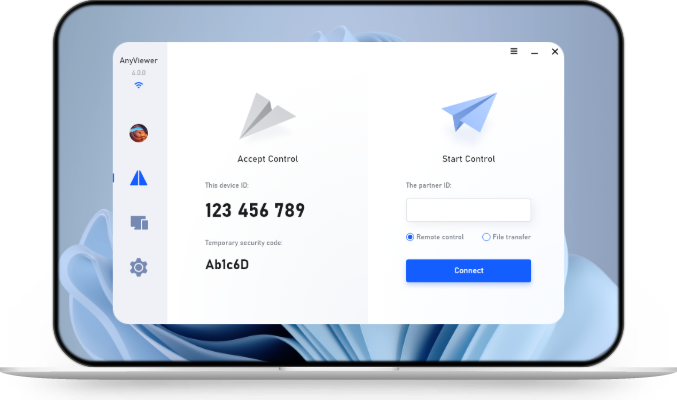How Do I Stop Two Remote Control Signals Interfering with Each Other?
Discover effective strategies to prevent interference between two remote control signals in this comprehensive guide. Learn about the causes of interference and explore technological and physical solutions to ensure smooth device operation.
Introduction
In today's world, where remote-controlled devices are ubiquitous, dealing with signal interference is a common challenge. Whether it's your TV remote conflicting with your sound system or your garage door opener interfering with your neighbor's, understanding how to prevent remote control signal interference is crucial. In this guide, we'll explore effective strategies and tips to help you stop two remote control signals from interfering with each other and optimize your device performance.
Understanding Remote Control Signal Interference
Remote control signal interference occurs when two or more devices emit signals on the same frequency or within close proximity, causing them to interfere with each other's operation. This interference can result in erratic behavior, malfunction, or complete failure of the devices involved. Common sources of interference include overlapping frequencies, signal reflections, and electromagnetic interference from nearby electronics.
- Frequency Overlap: When two remote control devices operate on the same frequency, their signals can interfere with each other.
- Proximity: Devices placed in close proximity to each other may inadvertently receive and respond to each other's signals, leading to interference.
- Environmental Factors: Obstacles such as walls, furniture, and electronic equipment can reflect or absorb remote control signals, exacerbating interference issues.
The effects of interference may include delayed responses, signal dropouts, or complete loss of control over the device.
How Do I Stop Two Remote Control Signals Interfering with Each Other?
To prevent remote control signal interference, consider the following strategies and tips:
- Use Different Frequencies: Whenever possible, use devices that operate on different frequencies to avoid overlap and reduce the likelihood of interference.
- Optimize Placement: Position your devices strategically to minimize signal overlap and reduce the risk of interference. Avoid placing devices too close together or near sources of electromagnetic interference.
- Upgrade to Dual-Band Devices: Consider upgrading to dual-band devices that operate on multiple frequencies, allowing for greater flexibility and reduced interference.
- Implement Signal Filters: Install signal filters or shields on devices to attenuate unwanted signals and improve signal clarity and reliability.
- Update Firmware: Keep your devices' firmware up to date to ensure optimal performance and compatibility with other devices in your environment.
By implementing these strategies, you can effectively mitigate remote control signal interference and optimize the performance of your devices.
Technological Solutions
In addition to the aforementioned strategies, there are advanced technological solutions available to further mitigate remote control signal interference. These include:
- Frequency Hopping Spread Spectrum (FHSS): FHSS technology dynamically switches between multiple frequencies to minimize interference and improve signal reliability.
- Infrared (IR) Repeater Systems: IR repeater systems extend the range of infrared signals and allow for control of devices located in different rooms or areas, reducing the risk of interference.
- Directional Antennas: Directional antennas focus signals in specific directions, reducing the likelihood of interference from neighboring devices.
Practical Tips for Minimizing Interference
Apart from technological solutions, here are some practical tips for minimizing remote control signal interference in everyday scenarios:
- Reduce Clutter: Declutter your living space and organize cables and electronics to minimize signal reflections and interference.
- Avoid Microwave Use: Microwaves can emit electromagnetic interference that may disrupt remote control signals. Avoid using the microwave when operating remote-controlled devices.
- Upgrade Antennas: Consider upgrading antennas on your devices to improve signal strength and reduce susceptibility to interference.
Alternative Solution: Use AnyViewer to Eliminate Remote Control Conflicts
If you're struggling with two TV remotes interfering with each other due to overlapping infrared signals, consider avoiding the issue altogether by switching to remote access technology. While AnyViewer doesn’t support direct use on TVs, it works seamlessly on Windows, macOS, iOS, and Android devices.
For example, if your TV is connected to a Windows PC or laptop as a media center or display (for streaming, presentations, or home theater setups), you can use AnyViewer to control the PC remotely from your phone or another computer. This allows you to manage playback, apps, and settings without touching a physical remote. By shifting the control point to your phone or computer, you bypass the issue of remote signal interference completely.
AnyViewer is secure, fast, and easy to use, making it a smart option when you're looking for more stable and interference-free control of your media setup.
Conclusion
Remote control signal interference can be a frustrating problem, but with the right strategies and tips, you can effectively prevent two remote control signals from interfering with each other and optimize the performance of your devices. By understanding the causes of interference and implementing practical solutions, you can enjoy seamless operation and uninterrupted control of your devices.
FAQs:
Can I use two remote-controlled devices with the same frequency without interference?
- It's generally not recommended to use devices with the same frequency in close proximity, as this increases the likelihood of interference. Opt for devices operating on different frequencies to minimize interference.
What should I do if I experience interference between my remote-controlled devices?
- Try repositioning the devices to minimize overlap, or consider using devices that operate on different frequencies to reduce interference.
Are there any smartphone apps available to help mitigate remote control signal interference?
- While there are apps available for troubleshooting and optimizing Wi-Fi networks, there are currently no widely used apps specifically designed to address remote control signal interference.

